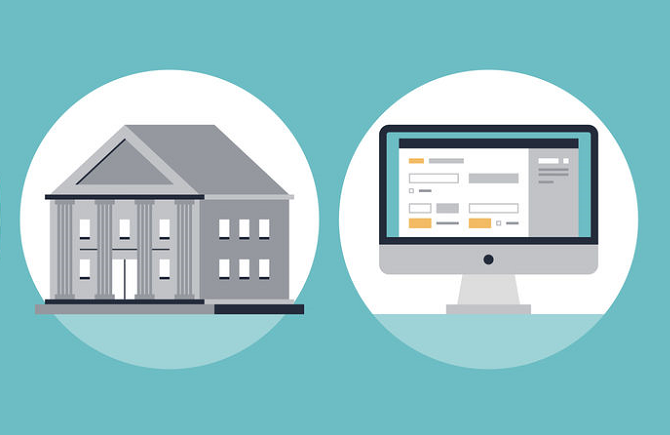How does a digital bank differ from a conventional bank?
One of the major features of a digital bank is that it digitalises banking services
and offers them ...
/sites/web/common/images/financial-products/fintech/virtual-bank/difference-from-conventional-bank.png
youtube
Article
Portal-Investment
Fintech
ptheme-teaching-resources
ptheme-money-banking
ptheme-aged-15-17
ptheme-teaching-15-17
09/12/2019
How does a digital bank differ from a conventional bank?

One of the major features of a digital bank is that it delivers banking services exclusively or primarily through the internet or other forms of electronic channels. In addition, a digital bank differs from a conventional one in terms of its customer base and account balance requirements:
| Digital bank | Conventional bank | |
| Target customers | Normally target the retail segment, (including SMEs) | All types of clients |
| Service channels | Exclusively or primarily through the internet or other forms of electronic channels | Bricks-and-mortar branches and electronic channels |
| Minimum account balance requirements/low-balance fees | None | At the discretion of the bank |
Key points to note for using digital banks
- All services and products of a digital bank can be performed online. Consumers are able to use banking services anytime, anywhere. However, a digital bank may not have physical branches. The online service model may not be suitable for everyone. Some users may prefer face-to-face services (for example, when they purchase investment products). Consumers should consider their own personal circumstances and requirements.
- Different digital banks may have different business strategies, directions and features. Consumers should consider whether the services provided by a digital bank meet their needs.
- It is important to be aware of technology-related risks with digital banking. While digital banks must have effective network security measures in place, consumers should also pay attention to network security, for example, “personal digital keys” must be kept safe, set up passwords that are more difficult to crack; personal information should never be disclosed on social media; virus scans should be performed regularly, and public computers or network connections should not be used to access online account information, etc.
- Beware of fraudulent websites, forged e-mails and similar scams. Consumers should verify the identity of a digital bank and whether it has a banking licence. Always key in the bank’s URL directly in the browser or download the mobile app from the official source or other reliable stores or sources for connecting to your online or mobile banking account. Never click a link in an e-mail, an online hyperlink, a QR code or an attachment to log in to your account or to provide your personal information (including password). If in doubt, customers should contact the relevant bank for confirmation via other channels (such as the bank's customer service hotline).
15 November 2024



